COMPLICATIONS OF IMMOBILIZATION
Prolonged bed rest and immobilization leads to complications which are much easier to prevent than to treat.
Various causes of immobilization can be as follows:
Enforced bed rest due to illness
Paralysis
Immobilization of body parts with braces, casts or corsets
Joint stiffness and pain with protective limitations of motion
Mental disorders
Loss of sensation / discomfort which prevents frequent change of position
Chronically ill, disabled and geriatric patients are at increased risk.

Image Source: https://www.hill-rom.com/international/Clinical-Solutions/clinical-programs/progressive-mobility-program/Complications-of-Immobility/
Central Nervous System Complications Due to Immobilization
Immobilization causes:
Altered sensorium
Decreased motor activity
Autonomic instability
Emotional and behavioural disturbances
Intellectual deficit
Poor co-ordination and balance
Dependency
Endocrine and Renal Complications Due to Immobilization
Some of the important complications are:
Reduced basal metabolic rate. Hormonal and biochemical changes occur
Increased diuresis, natriuresis
Negative nitrogen balance
Glucose intolerance
Hypercalemia and calcium loss
Renal stones
Gastrointestinal Complications Due to Immobilization
Immobilization causes:
Anorexia
Constipation
Skin Complications Due to Immobilization
Immobilization causes pressure sores and frequent change of position with good skin care helps to prevent pressure sores.

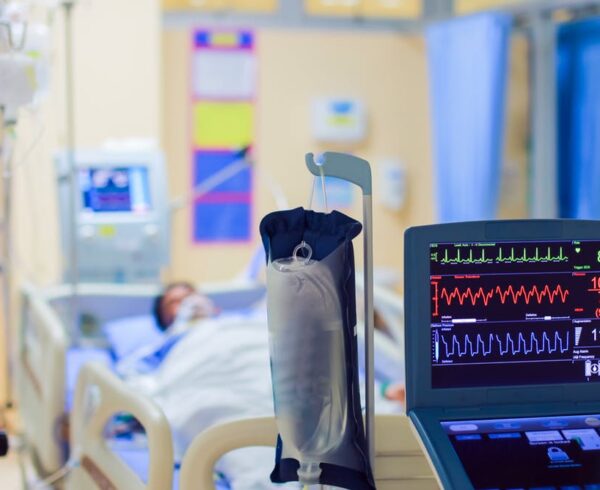

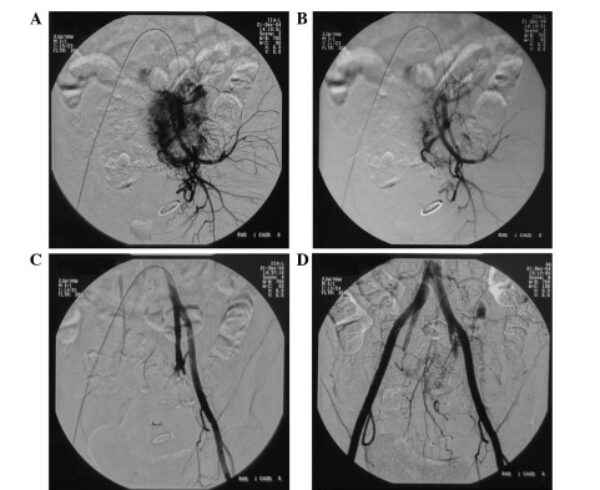
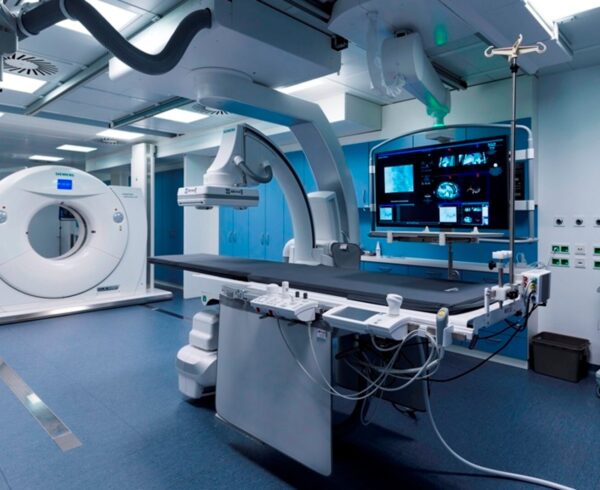
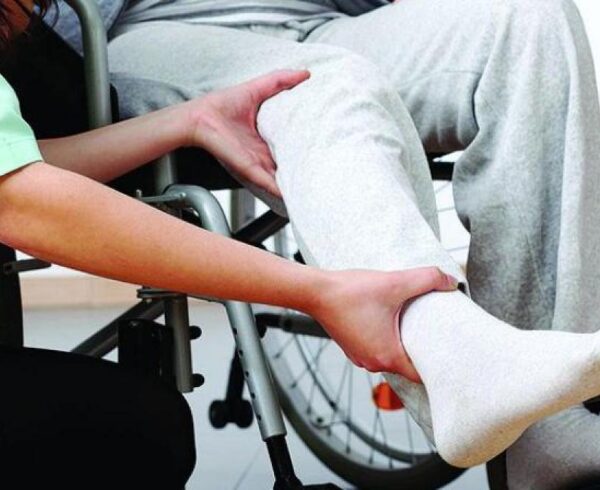
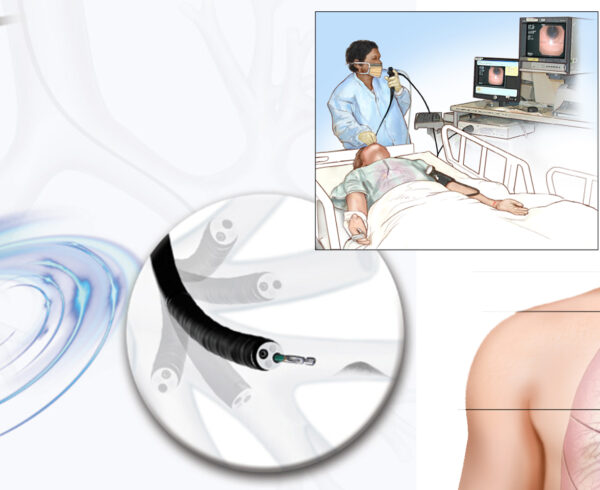
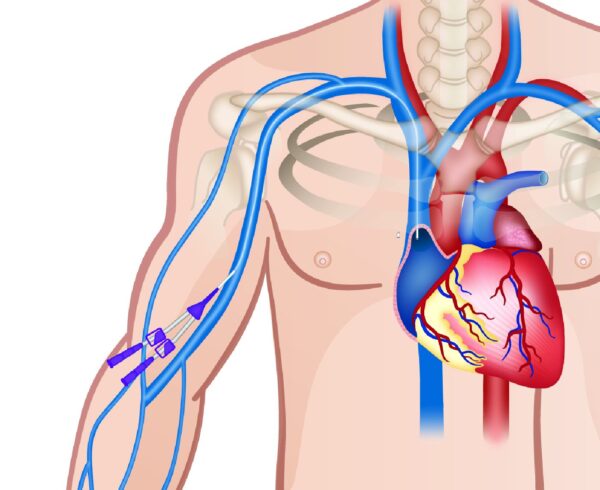
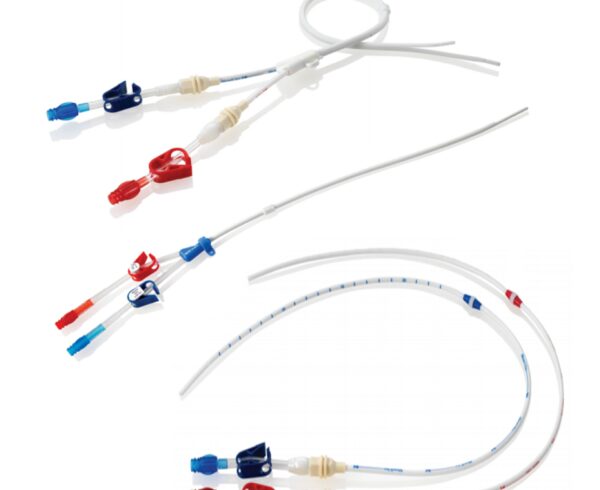

Ask a Question?